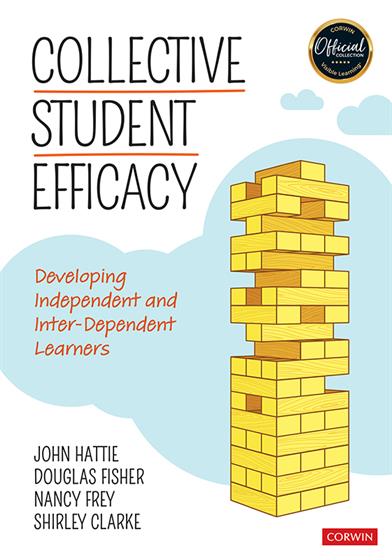
Hands-on, Practical Guidance for Educators
From math,
literacy, equity, multilingual learners, and SEL, to assessment, school counseling,
and education leadership, our books are research-based and authored by experts
on topics most relevant to what educators are facing today.
Bestseller!
Collective Student Efficacy
Developing Independent and Inter-Dependent Learners
The time is now to prepare students to meet the demands of the future. Through collective student efficacy, students will learn to become actionable agents of learning and change.
Product Details
- Grade Level: PreK-12
- ISBN: 9781544383446
- Published By: Corwin
- Series: Corwin Teaching Essentials
- Year: 2021
- Page Count: 184
- Publication date: June 09, 2021
Review Copies
Review copies may be requested by individuals planning to purchase 10 or more copies for a team or considering a book for adoption in a higher ed course. To request a review copy, contact sales@corwin.com.





